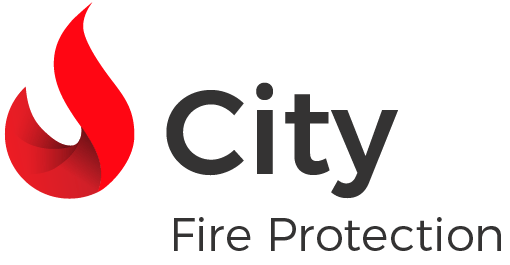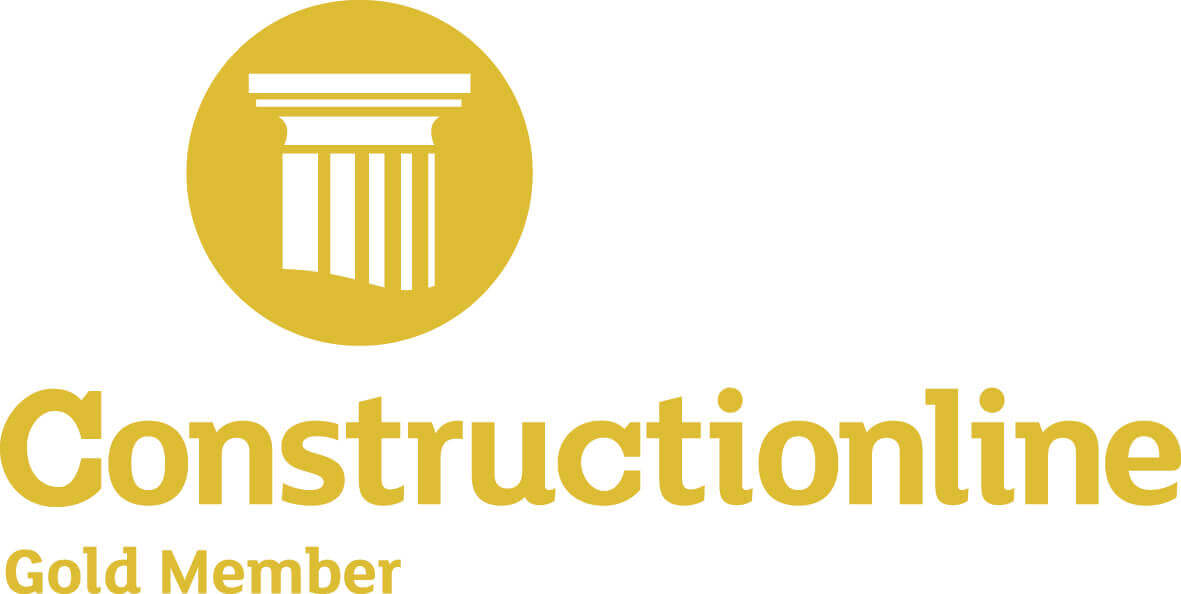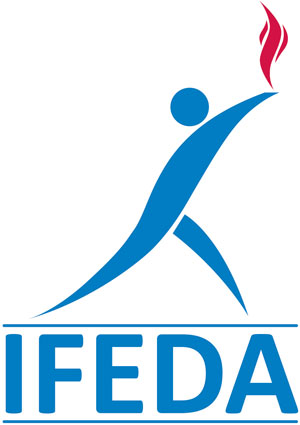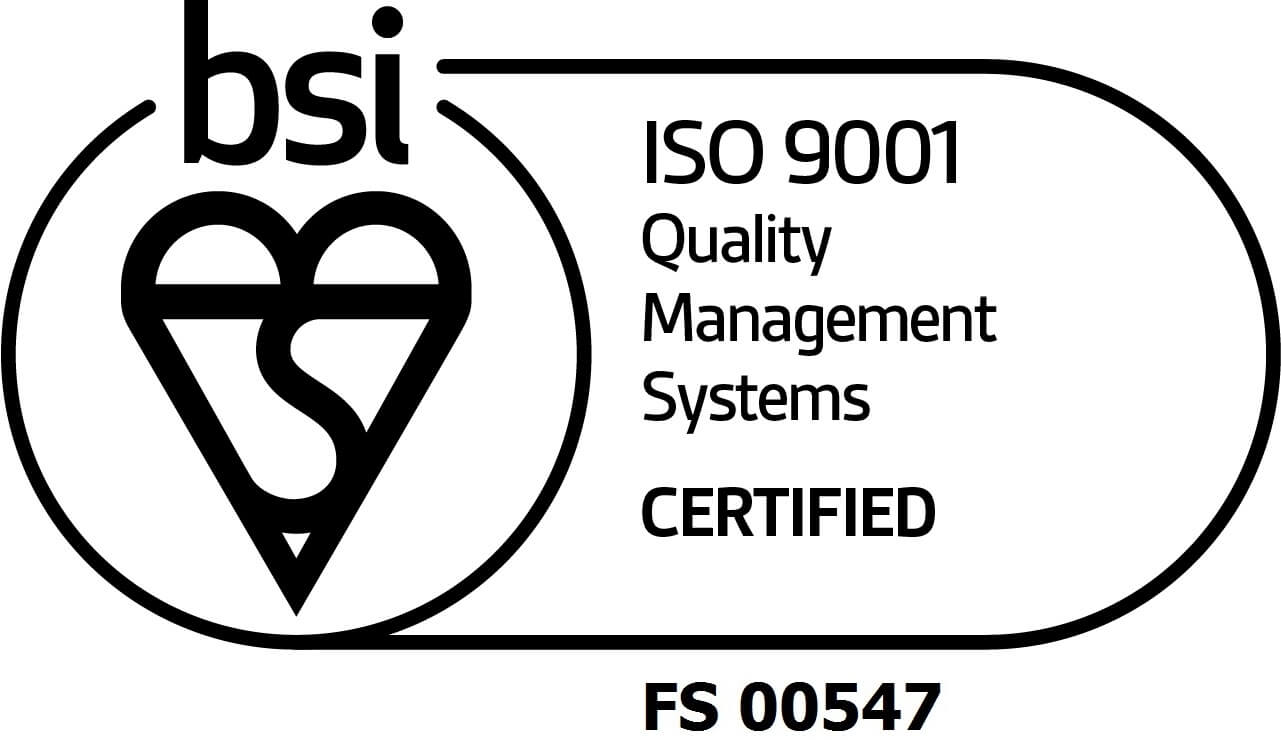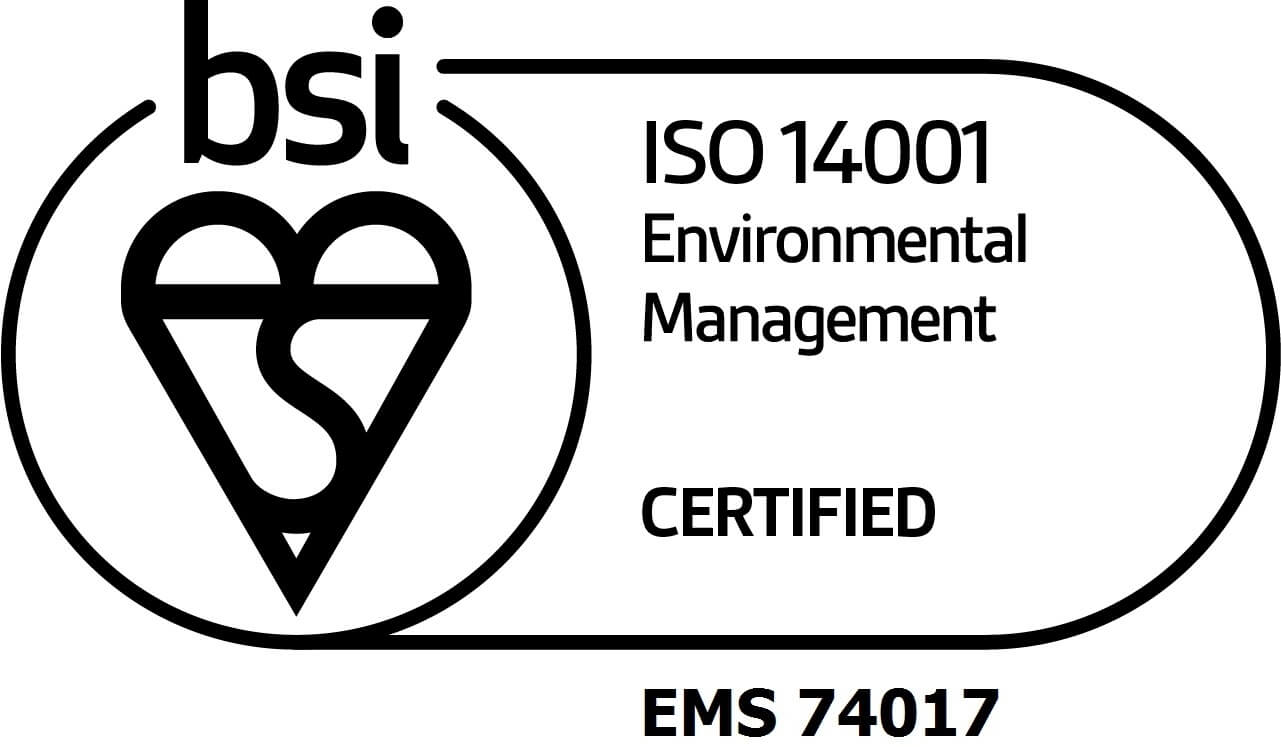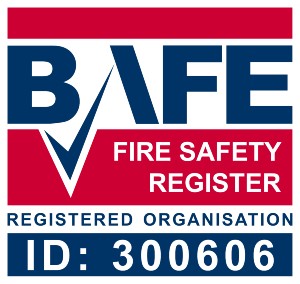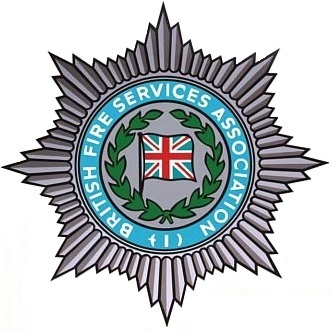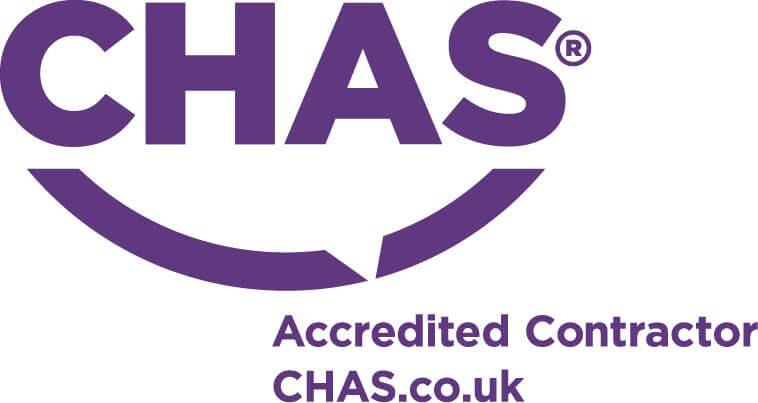Understanding The Fire Triangle
The Fire Triangle is often something we learn about in school in a bid to educate children about how fire is ignited and what can cause it to spread.
Composed of three elements, The Fire Triangle is a clear and simple method of raising awareness of how and why fire is able to spread so quickly, something which could save lives.
In this article, we’ll be explaining what The Fire Triangle is and how it’s used to help prevent the outbreak and spread of a fire.
Jump to section:
– What is The Fire Triangle?
– How does The Fire Triangle differ from The Fire Tetrahedron?
– How to safely remove heat, fuel and oxygen from a fire
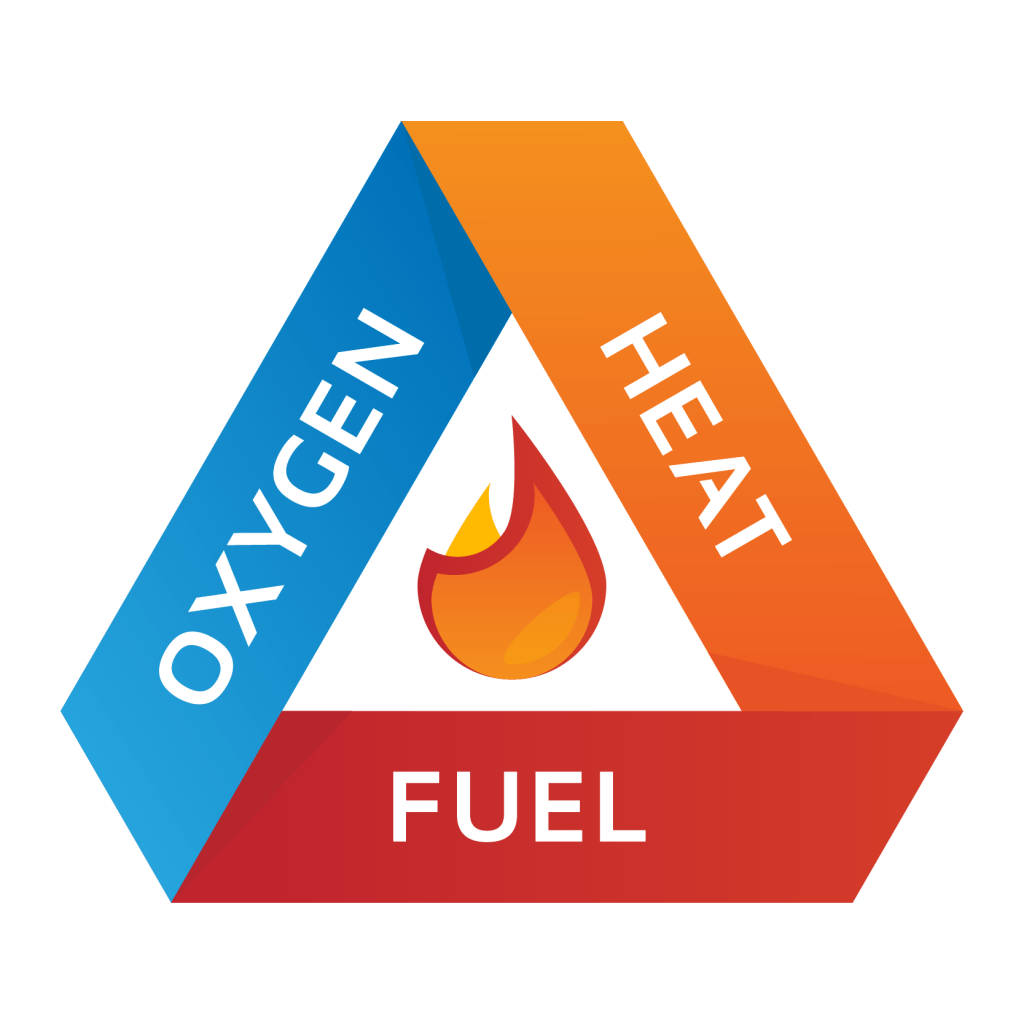
What is The Fire Triangle?
Also known as The Combustion Triangle, it’s used to help others understand the chemical reaction needed to create and fuel a fire. All three elements must be present in order to ignite a fire, these include:
1. Fuel
A fire cannot ignite without an object or material present to enable the fire to burn. Businesses and homes contain a variety of different combustible materials which will help to fuel a fire, including:
– Wood
– Paper
– Oil
– Fabrics
While some materials burn more rapidly than others, a fire can still spread relatively easily, particularly in the home. Even wallpaper can help to fuel a fire – a material that cannot be easily removed from the home.
2. Heat
Heat will also help to ignite a fire and keep it burning. As a combustible material succumbs to a fire, heat will be naturally produced. The only way in which this can be cooled is by the application of water (for some types of fire). Other fires may need to be doused in foam or other liquids or substances to either reduce the heat source or suffocate a fire.
3. Oxygen
Despite 21% of the Earth’s atmosphere being made up of oxygen, this small amount is just enough to both ignite a fire and sustain it, should the other two elements be present, too. A fire will only require 16% oxygen to burn, and so this oxidising agent will significantly accelerate the chemical reaction taking place.
How does The Fire Triangle differ from The Fire Tetrahedron?
The difference between The Fire Triangle and The Fire Tetrahedron is relatively minimal. Although children are more likely to come into contact with the more simplistic triangle diagram as opposed to the three-dimensional pyramid model, the tetrahedron.
Due to further research being carried out, it was found that a fourth element aided in the ignition and burning of a fire, alongside heat, fuel and oxygen. The extra element was found to be a chemical chain reaction. Subsequently, the fire triangle was altered and dubbed The Fire Tetrahedron. Other names for it include:
– The Fire Diamond
– A pyramid
– The Combustion Triangle
With four plain faces, each one represents an element which contributes to the start and spread of a fire. Fire extinguishers will eliminate one or more of the aforementioned elements. Therefore, it’s important that you have the appropriate fire extinguisher on hand to deal with a particular type of fire.
Not all fire extinguishers are appropriate for use on all types of fire. For example, a water fire extinguisher must never be used on an electrical fire, but a water mist fire extinguisher that has passed appropriate testing can be used on electrical fires.
For more information about the types of fire extinguishers available and what each one is used for, read our informative article:
Fire Extinguishers: The Types and Their Uses
Fire Extinguisher Installation London
Need a Fire Extinguisher? Click here
Here at City Fire Protection, we’re able to supply commercial premises with a wide range of different fire extinguishers, together with expert advice about where they would be best placed within your building.
How to safely remove heat, fuel and oxygen from a fire
To prevent the ignition and subsequent spread of fire, it’s important that one or more elements are removed from The Fire Triangle. The action you should take depends on the element you wish to remove, and we’re on hand to best advise you on how this can be done safely.
Removing fuel
Use fire-resistant materials in and around your premises where possible. This will help to prevent the fire from spreading and igniting non-fire-resistant materials. Fire-resistant materials can be used in the manufacturing of a variety of items, including:
– Clothes
– Building materials
– Office furniture
Removing heat
Fast-moving gusts of air will help to remove the heat from a fire, much like blowing out a candle. However, many fires are too large for this method to be effective, and so, realistically, water should be applied instead to remove the heat from a fire. A water fire extinguisher would be the safest way of doing this.
However, water fire extinguishers cannot be used on all types of fire, and so extra care should be taken on electrical or cooking fires.
Removing oxygen
Oxygen can effectively sustain a fire, and so it’s important that it’s removed from the triangle to prevent the spread of a fire. Its removal can be achieved by using either a carbon dioxide or a foam fire extinguisher. For cooking or kitchen fires, a fire blanket will aid in the suffocation of the fire.
Fire doors will also help to prevent a sufficient amount of oxygen from reaching the site of a fire. Here at City Fire Protection, we’re able to supply internal fire doors and high-quality timber fire doors for your commercial premises, including FD30 and FD60 fire doors.
To help protect your people and premises, City Fire are on hand to provide your commercial property with a wide range of fire safety products, equipment and services to help prevent the outbreak and subsequent spread of fire.
As well as fire doors and fire extinguishers, we can also supply a variety of fire alarm systems, emergency lighting, risk assessments, fire warden training and passive fire protection.
For more information about how we can help you, get in touch with a member of our professional, knowledgeable team today – we operate throughout London, Birmingham, and throughout the UK.
